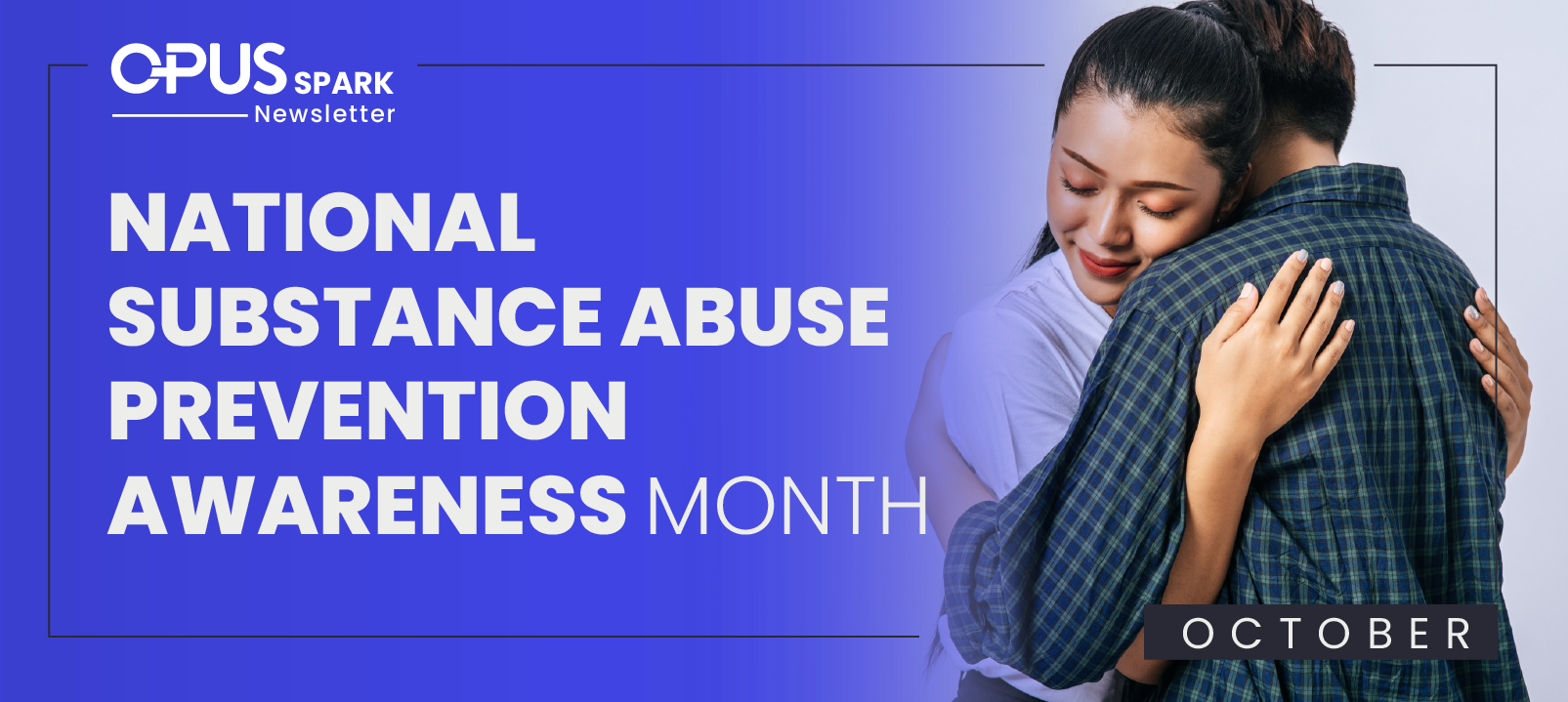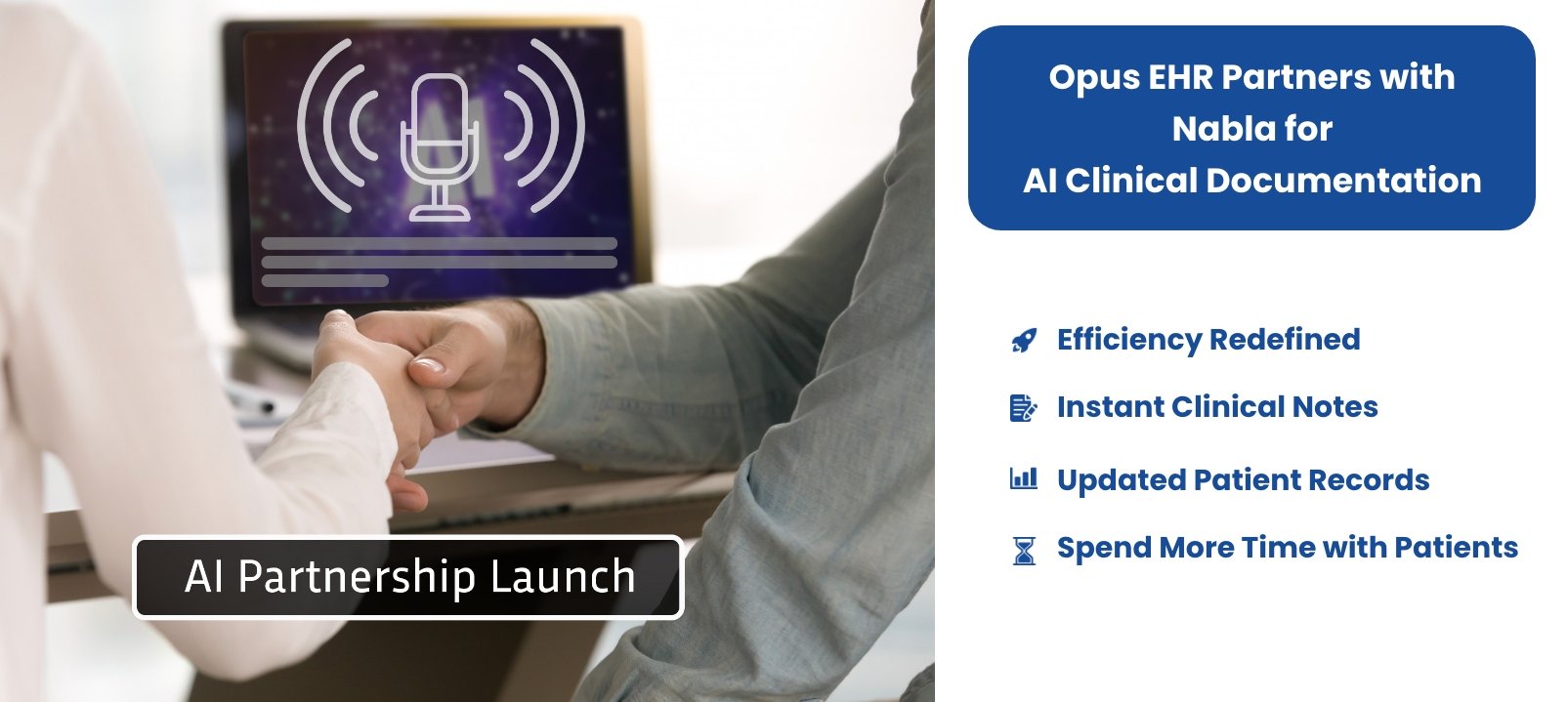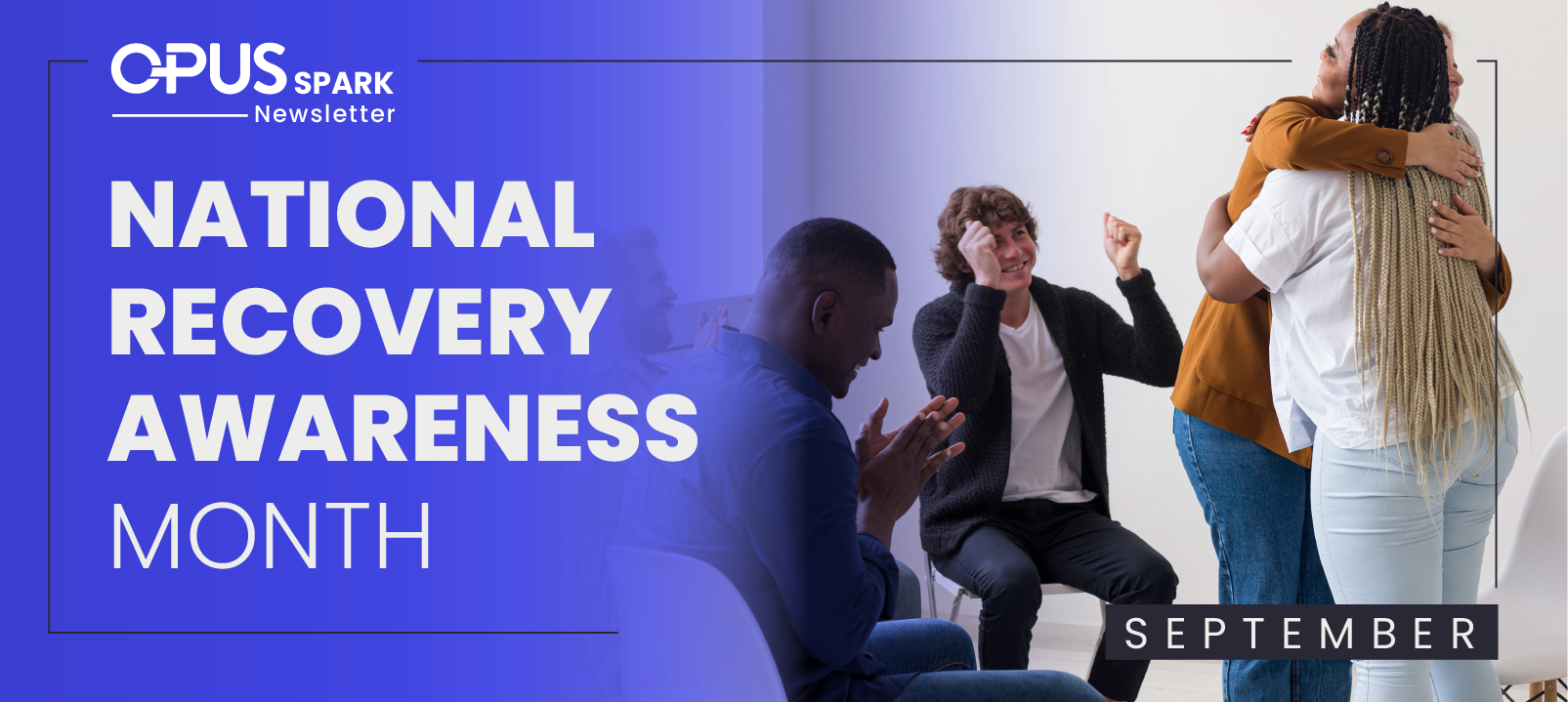Drug Awareness Red Ribbon Week: Building a Drug-Free Future for Our Kids
Drug Awareness Red Ribbon Week: Building a Drug-Free Future for Our Kids
Every year, from October 23 to October 31, communities across the nation come together to observe Red Ribbon Week, the longest-running substance use prevention campaign. Since its inception in 1985, this powerful movement has touched the lives of millions worldwide, striving to create a drug-free future, particularly for our young people. This blog aims to shed light on the importance of Red Ribbon Week, the concerning statistics surrounding drug use among kids, and ways to prevent substance abuse, help children recover, and promote a future free from the clutches of drugs.
Red Ribbon Week's Vital Mission
The primary goal of Red Ribbon Week is to empower young individuals with the information, tools, and support they need to make responsible and drug-free choices. Its mission aligns with the vision of a future where our youth can reach their full potential, free from the chains of substance abuse. By fostering a sense of community, awareness, and education, Red Ribbon Week unites people from all walks of life in a collective effort to keep kids drug-free.
The Ongoing Battle Against Substance Abuse
Despite the significant progress made in the field of drug prevention, the battle against substance abuse is far from over, especially when it comes to our young population. The statistics are a stark reminder of the work that remains:
- Alarming Youth Substance Use: According to the National Institute on Drug Abuse (NIDA), drug abuse often begins in adolescence. In 2020, over 17% of high school seniors reported using illicit drugs in the past year.
- Vulnerability to Addiction: Adolescents' brains are still developing, making them more susceptible to the addictive properties of drugs. Early drug use increases the risk of developing a substance use disorder.
- Opioid Epidemic Impact: The opioid epidemic has significantly affected young lives. Prescription opioids and heroin misuse among teens have been an ongoing concern.
- Gateway Substances: Common gateway substances like alcohol and tobacco often pave the way for more dangerous drug use.
Drug and Opioid Usage Statistics
Drug and opioid usage among the youth in the United States remains a concerning public health issue. While specific statistics may vary over time, some key points highlight the ongoing challenges:
Opioid Overdoses: Opioid overdoses have surged significantly among young adults. The Substance Abuse and Mental Health Services Administration (SAMHSA) reported that over 4,000 young adults aged 18-25 died from opioid overdoses in 2020.
Prevalence of Drug Use: According to the National Institute on Drug Abuse (NIDA), approximately 24% of young adults aged 18 to 25 reported using illicit drugs in the past month.
Misuse of Prescription Drugs: NIDA also highlights that young adults are more likely to misuse prescription drugs, with about 7.4% reporting misuse in 2020.
Impact on Adolescents: The Monitoring the Future survey indicates that adolescents, too, face challenges. It reported that, in 2020, 9.5% of 10th graders and 13.5% of 12th graders had misused opioids.
Polydrug Use: Young adults are also at risk of polydrug use, where they combine substances, increasing health risks. This often includes combining opioids with other substances like alcohol or benzodiazepines.
It is essential to address these issues through comprehensive prevention, education, and access to effective treatment and support programs, which can help mitigate the impact of drug and opioid use among the youth in the United States.
Preventing Substance Abuse
To protect our kids from the grip of drug addiction and foster a drug-free future, we need to take collective and individual action:
- Education: We must continue to educate our children and young adults about the dangers of drug use. This includes providing information about the consequences of drug abuse and the importance of making healthy choices.
- Open Dialogue: Encourage open and honest communication between parents, guardians, and children. Creating a safe space for discussions about peer pressure and the risks of drug use is crucial.
- Positive Role Models: Be a positive role model by making responsible choices and demonstrating the benefits of a drug-free life.
- Community Involvement: Get involved in Red Ribbon Week and other community initiatives aimed at preventing substance abuse. Awareness campaigns can make a significant impact.
- Early Intervention: If you suspect that a child may be struggling with substance abuse, seek professional help promptly. Early intervention is key to preventing addiction.
- Mental Health Support: Addressing underlying mental health issues is essential. Many individuals turn to drugs as a coping mechanism, so ensuring access to mental health services is vital.
- Promoting Healthy Activities: Encourage participation in extracurricular activities, sports, arts, and other constructive outlets. Engaged, active kids are less likely to turn to drugs.
- Understanding the Risks: Teach children about the risks and long-term consequences of drug use. This knowledge can be a powerful deterrent.
The Power of Prevention
Red Ribbon Week stands as a testament to the power of prevention. By creating awareness, fostering education, and engaging our communities, we can work together to safeguard our children's future. In this mission to keep kids drug-free, we must embrace our collective responsibility, providing our youth with the tools they need to make meaningful choices and reach their full potential.
As we celebrate Red Ribbon Week, let us remember the importance of drug awareness and prevention every day. Together, we can build a future where our kids can thrive unhindered by the shadows of substance abuse.
Opus Supports
As we acknowledge Drug Awareness Red Ribbon Week and the unwavering commitment to keeping our communities safe and drug-free, we extend our hand to all Addiction Treatment Facilities, Recovery Centers, and Behavioral Health Organizations. At Opus EHR, our mission aligns seamlessly with the spirit of this week. We are proud to be the most trusted software provider, dedicated to supporting Behavioral Health operations so that treatment providers can keep their focus where it matters most—patient care. With Opus, you'll find a solution that simplifies your daily operations, offering automated workflows, robust reporting, crystal-clear visibility into data through intuitive dashboards, progress tracking via outcome measurement tools, and the revolutionary Clinical Documentation AI, which liberates clinicians from the time-consuming task of manual notetaking. Your journey towards streamlined and more efficient patient care starts with Opus. Interested in learning more? Don't hesitate to schedule a meeting with our technology experts by visiting this link. Together, we can transform the world of Behavioral Health and Addiction Treatment, one patient at a time.






